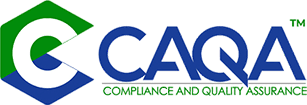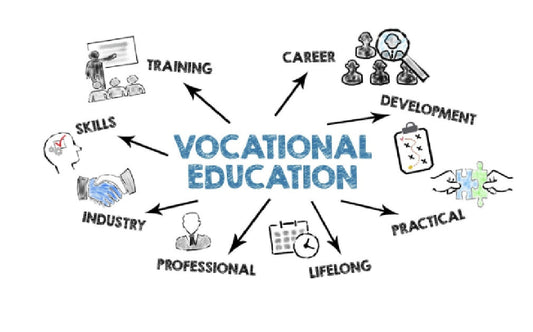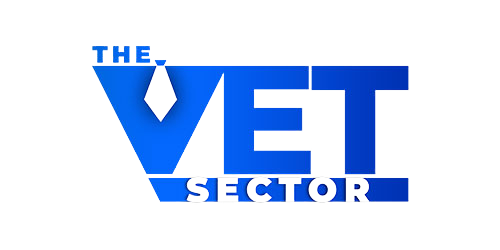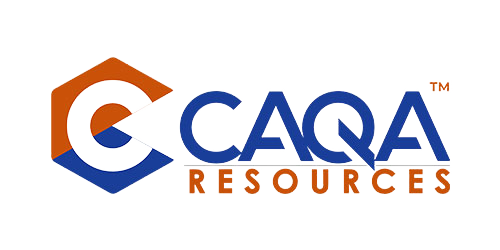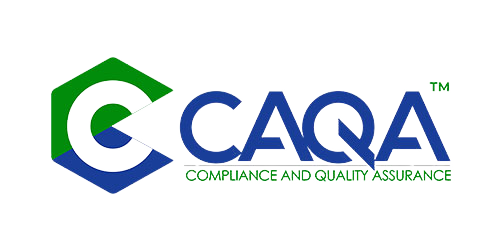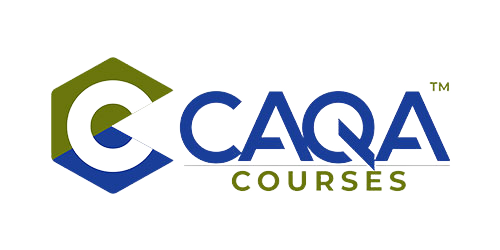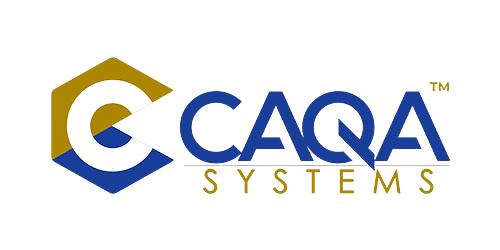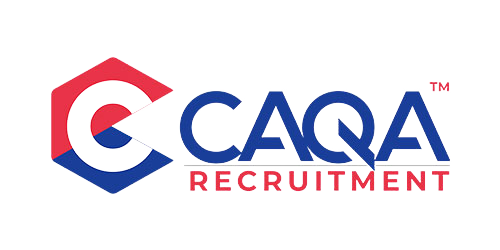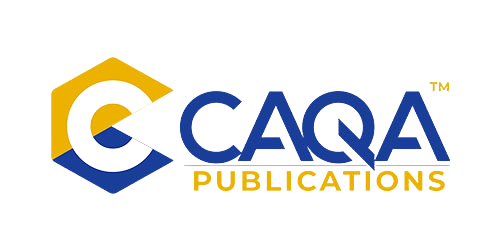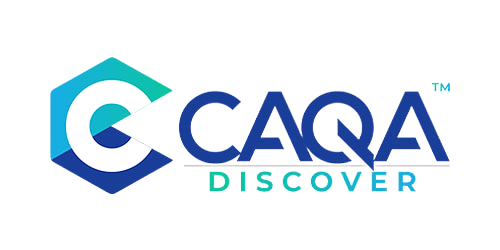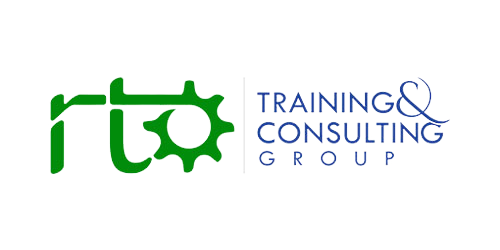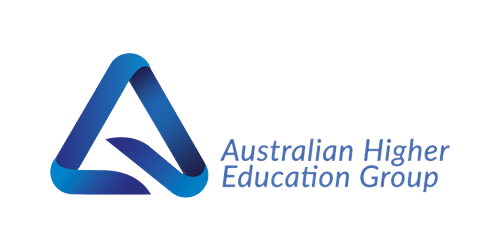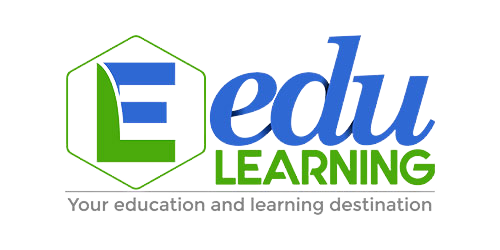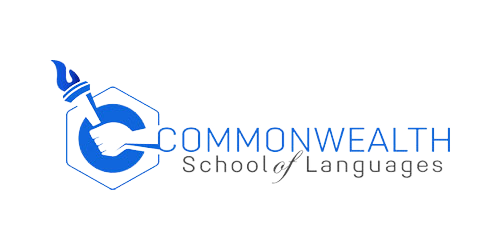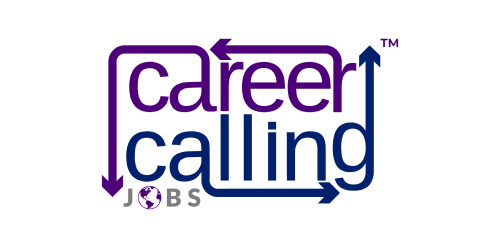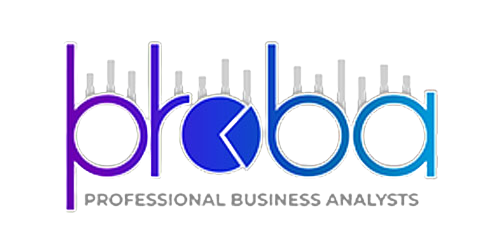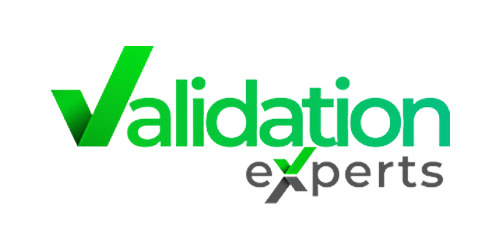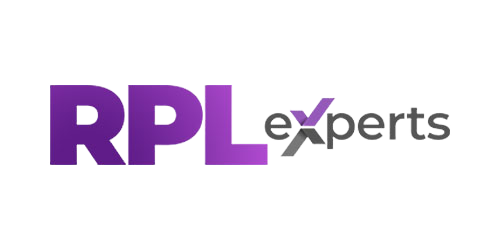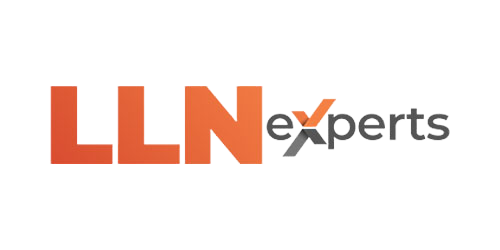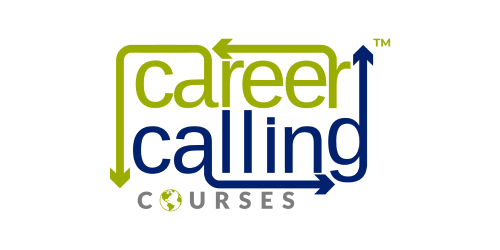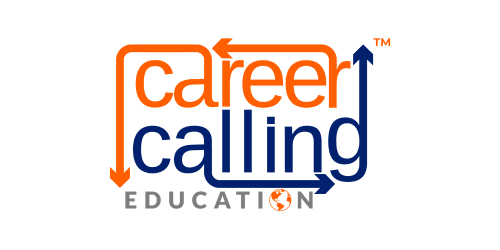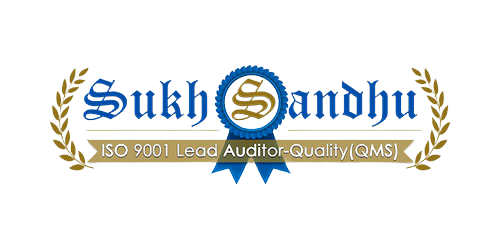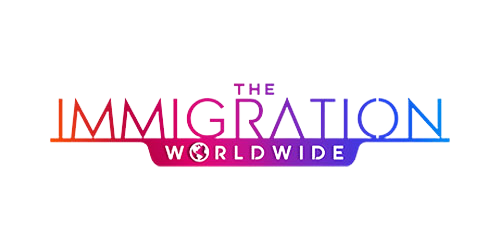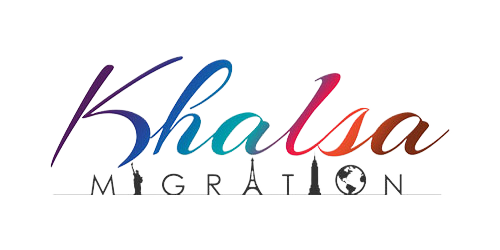One key to success in education and training is becoming a strategic learner. This means learning how to effectively use different learning strategies to acquire new information and skills. By being strategic, students can make the most of their time in learning and avoid feeling overwhelmed by the training materials and assessment resources.
One of the best ways to become successful strategic learners is to have a clear understanding of your goals. What do you want to achieve? What are your specific goals? Once you know what you want to achieve, it will be easier for you to develop a plan and take action towards your goals.
There are a few things that all successful strategic learners have in common. First, they are aware of their own learning style and preferences. They know whether they learn best by listening to lectures, working in groups, or doing independent research. This self-awareness allows them to select the learning activities that will be most effective for them.
Second, successful strategic learners are able to break down tasks into smaller, more manageable pieces. They realise that trying to learn everything at once is usually not possible or effective. Rather, they focus on one concept or skill at a time and break the task down into smaller steps. This allows them to retain information better and feel less overwhelmed.
Third, successful strategic learners know when to ask for help. They realise that there is no shame in admitting that they need assistance and are not afraid to seek out resources such as teachers, tutors, or online materials. Asking for help when needed is an important part of being a successful learner.
Fourth, successful strategic learners are persistent and do not give up easily. They understand that learning can be difficult at times and that it sometimes takes longer to master a concept than they would like. However, they do not let setbacks discourage them and continue to work towards their goals.
Finally, successful strategic learners are flexible and adaptable. They know that learning is an ongoing process and that they may need to adjust their approach as new information or challenges arise. By being flexible, they are able to continue making progress even when things do not go exactly as planned.
Becoming a successful strategic learner requires effort and practice. However, the rewards are well worth it. Strategic learners typically earn better grades, feel more confident in their abilities, and have greater overall success in school. If you would like to improve your chances of success in school, start by becoming a strategic learner.
In order to become successful strategic learners, students need each of the following:
- Understanding of what they are trying to learn. This means having clear goals and objectives in mind before beginning to learn anything new. If you're not sure what your goals are, ask your teacher or professor for help.
- Develop effective study habits and strategies. This includes things like setting aside regular study times, taking good notes, and using flashcards or other tools to help you remember information.
- Have a positive attitude towards learning. This means being willing to put in the effort required to learn something new and seeing setbacks as opportunities to learn and grow.
- Step-by-step strategy instruction - this includes being taught how to approach tasks and problems, how to break them down into smaller parts, and how to find the information and resources they need.
- A variety of instructional approaches and learning materials - students should be exposed to different ways of learning, such as listening to lectures or audio recordings, reading texts or articles, watching videos, and taking part in class discussions. They should also have access to different types of materials, such as books, websites, software programs, and so on.
- Appropriate support that includes modelling, guided practice and independent practice - it is important for students to have opportunities to see how the strategies are used, to try them out themselves with guidance, and then to apply them on their own.
- Opportunities to transfer skills and ideas from one situation to another - this allows students to practice using the strategies in different contexts and helps them to see how they can be applied more broadly.
- Meaningful connections between skills and ideas, and real-life situations - students should be able to see how the strategies they are learning can be applied to real-world problems and situations.
- Opportunities to be independent and show what they know - it is important for students to have chances to use the strategies on their own and to demonstrate what they have learned.
- Encouragement to self-monitor and self-correct - students should be encouraged to notice when they are struggling with a task or problem, and to try to figure out what they need to do to improve.
- Tools for reflecting on and assessing their own learning - such as journals, portfolios, or logs, which can help students to track their progress and identify areas where they need more work.
By incorporating these various elements into their learning, students will be able to develop the skills necessary to become successful strategic learners.
